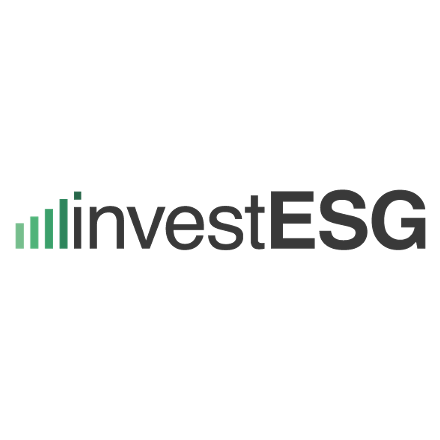INSIGHT by Janine Guillot | CEO, The SASB Foundation | Sustainability Accounting Standards Board | sasb.org


Our analysis found that 98 percent of the industry-specific topics included in SASB standards are related to one or more SDG targets. With such considerable overlap, we believe SASB standards can help both companies and investors identify the SDG targets most relevant to financial and operational performance in a given industry.
This, in turn, will enable them to allocate financial capital and other resources to the SDG themes most consistent with their financial risk-and-return objectives. When companies and investors can simultaneously achieve positive impact, reduce negative impact, and meet their financial risk-and-return targets, we call this intersection the “sweet spot.”We believe that the SASB-SDG mapping can help both companies and investors identify this “sweet spot.” Understanding the linkages between SASB standards and the Goals can inform shareholder engagements, facilitate capital allocation toward specific SDG targets, and help prioritize SDG-related activities based on industry-specific drivers of value.Just as important as understanding what the SASB-SDG mapping can help achieve is understanding what it cannot. The SASB-SDG mapping is not a tool to measure progress toward achievement of the SDGs, nor to communicate a company’s contribution toward achievement of the Goals. Other tools have been designed for those purposes, such as the SDG Compass, developed by the Global Reporting Initiative (GRI), the UN Global Compact (UNGC), and the World Business Council on Sustainable Development (WBCSD), and the core indicators developed by the International Standards of Accounting and Reporting (ISAR).Nevertheless, investors and companies stand much to gain from developing a more nuanced understanding of the relationship between SDG targets, the industry-specific risks and opportunities they face, and the implications for business strategy and financial risk-and-return objectives. In fact, estimates suggest trillions of dollars in market opportunities will arise from SDG action — to say nothing of the risks of inaction.
In other words, people and planet will benefit from focusing the power of capital markets on investments where the interests of business and broader society are well aligned.We invite you to explore these ideas further by reading the SASB Industry Guide to the SDGs and by watching our related webinar. about the authorJanine Guillot is CEO of the SASB Foundation All opinions expressed are those of the author. investESG.eu is an independent and neutral platform dedicated to generating debate around ESG investing topics. investESG
investESG

